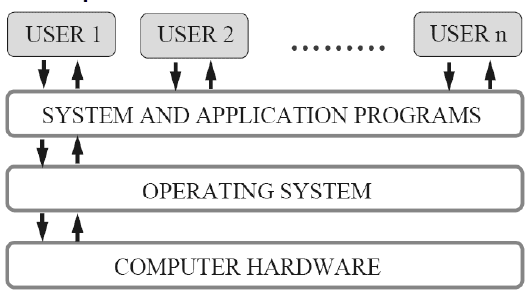Amplifiers
Amplifiers are essential components in many electronic systems, serving to increase the amplitude of signals without significantly altering their other characteristics. They are used in a wide range of applications, from audio equipment and communication systems to medical devices and scientific instrumentation. Here is a detailed overview of amplifiers, including their types, characteristics, and applications:
Types
of Amplifiers
- Operational Amplifiers (Op-Amps)
- Description:
High-gain voltage amplifiers with differential inputs and usually a
single-ended output.
- Applications:
Signal conditioning, filtering, analog computation, and feedback control
systems.
- Audio Amplifiers
- Description:
Amplify audio signals for driving speakers and headphones.
- Types:
- Power Amplifiers: Deliver high power to drive
speakers.
- Preamplifiers: Amplify low-level signals
before sending them to a power amplifier.
- Applications:
Home audio systems, musical instrument amplification, and public address
systems.
- RF Amplifiers
- Description:
Amplify radio frequency signals.
- Types:
- Low Noise Amplifiers (LNA): Amplify weak signals with
minimal added noise.
- Power Amplifiers (PA): Increase the power of RF
signals for transmission.
- Applications:
Communication systems, radar, and broadcasting.
- Instrumentation Amplifiers
- Description:
Provide high gain with high input impedance and high common-mode
rejection ratio (CMRR).
- Applications:
Precision data acquisition, sensor signal amplification, and medical
instrumentation.
- Differential Amplifiers
- Description:
Amplify the difference between two input signals while rejecting any
signals common to both inputs.
- Applications:
Audio processing, sensor signal conditioning, and operational amplifier
circuits.
- Transimpedance Amplifiers
- Description:
Convert current to voltage.
- Applications:
Photodiode signal amplification, current sensing, and charge amplifiers.
- Class-D Amplifiers
- Description:
Use pulse-width modulation (PWM) to achieve high efficiency by switching
output transistors on and off.
- Applications:
Audio amplification in portable devices and high-efficiency audio
systems.
Key
Characteristics
- Gain:
The ratio of the output signal amplitude to the input signal amplitude. It
can be expressed in voltage, current, or power gain.
- Bandwidth:
The range of frequencies over which the amplifier can operate effectively.
- Linearity:
The degree to which the output signal is a linear function of the input
signal. Non-linear distortion should be minimal.
- Efficiency:
The ratio of the power delivered to the load to the total power consumed
by the amplifier. Important for power amplifiers.
- Noise:
The amount of unwanted electrical noise added by the amplifier. Low noise
is crucial for high-fidelity and precision applications.
- Impedance:
Input and output impedance affect how the amplifier interacts with the
source and load. High input impedance and low output impedance are often
desirable.
- Slew Rate:
The maximum rate of change of the output voltage per unit time. Important
for amplifiers used in high-speed applications.
Applications
- Audio Systems:
Amplifying sound signals for playback through speakers and headphones.
- Communication Systems:
Boosting signal strength for transmission and reception in radios,
televisions, and cell phones.
- Medical Devices:
Amplifying biophysical signals (e.g., EEG, ECG) for monitoring and
diagnostic purposes.
- Industrial Control:
Signal conditioning in sensors and transducers used in automation and
control systems.
- Instrumentation:
Enhancing the sensitivity and accuracy of measurements in scientific
research and testing equipment.
- Computers and Consumer Electronics: Signal processing in a variety of digital and analog
devices.
Amplifier
Configurations
- Inverting Amplifier:
The output signal is inverted and amplified relative to the input.
- Non-Inverting Amplifier: The output signal is in phase with the input and
amplified.
- Differential Amplifier: Amplifies the difference between two input signals.
- Summing Amplifier:
Combines multiple input signals into a single amplified output.
- Voltage Follower (Buffer): Provides unity gain (no amplification) but high input
impedance and low output impedance, used to isolate stages in a circuit.
Amplifiers are fundamental to modern
electronics, enabling the effective processing, transmission, and reception of
signals in countless applications. Their design and performance characteristics
are tailored to specific uses, ensuring optimal functionality across various
domains.



Comments
Post a Comment